Hazards and risks associated with the use of strimmers
• Flying debris which can cause injury to the eyes or other part of the body, injure pedestrians, damage parked cars, property or passing vehicles.
• Animal faeces which can cause disease – operators may come into contact with these when adjusting cutting cords or if these are thrown up whilst strimming
• Plant sap from certain plants (e.g. giant hogweed) which can cause burns and blistering – these can also be thrown up onto the operator if disturbed by the strimmer.
• Contact with the rotating cutting cord, which can cause severe cuts.
• Noise and vibration Inhalation of fumes
• Working on steep banks – slips and falls
Persons authorised to use strimmers
Strimmers must only be operated by trained and authorised persons.
Staff are not permitted to use strimmers with metal blades.
Personal protective equipment to be worn when using strimmer
• In addition to the protective equipment worn above, legs must be covered at all times.
• If there are poisonous plants in the area to be worked on, arms must also be completely covered.
• Face shield with integral chin guard Ear protection (If disposable earplugs being used ensure hands are clean when inserting or removing from the ear) Steel toe capped safety boots High visibility vest Disposable gloves or handwipes (for use when adjusting cutting cord).
Pre-use inspection
• Before use inspect that the following are in good working order:
Throttle trigger
Throttle trigger interlock
Stop switch
Cutting cord head Harness 5
• Ensure that nylon line is cut to correct length.
• Some strimmers have nylon line limiter blades to indicate where the nylon line is too long. The nylon line must be within the safety guard.
• Handles should be kept clean and dry at all times, free from oil and dirt
• Spark plug boot should be securely fitted
• Ensure there are no loose fittings or fuel leaks
Area to be worked on
• Before starting work examine the area for objects which could be thrown up or become entangled in the strimmer.
• Look for stones or other solid objects, animal faeces and poisonous plants.
• Ensure that a good footing can be obtained.
• Look out for trip hazards and any slippery conditions, as these should be avoided.
• Consider whether there are any pedestrians in the vicinity who could be injured or parked vehicles which could be damaged by anything the strimmer throws up. Ideally a 10m exclusion zone should be maintained when strimming, however will not always be possible.
• Assess each area on a case by case basis. Stop the engine if anyone enters the exclusion zone.
• Where work is to be carried out in busy areas, barriers may have to be erected around the area or the work completed out of peak times (particularly near roads or footpaths
Operation of strimmers
When starting the engine place the unit on firm ground, the unit should be held securely and the cutting head must be clear of the ground and all other obstructions. The equipment should only be used on grass or plant material. When carrying out light trimming or working in areas where a 10m exclusion zone is not practicable, use reduced throttle on the strimmer to reduce the risk of objects being thrown up. Always have both feet firmly on the ground in a comfortable balanced position when operating the strimmer.
The strimmer should be held firmly with both hands during operation, always keep the engine on the right side of your body. Never use the strimmer above waist level and do not overreach.
Preventing Damage to trees
Newly planted, young trees need our help to become established in the landscape. They are the trees most commonly and seriously affected by maintenance equipment.
However, injury to these trees can be avoided easily and at very low cost if you follow one or more of these suggestions.
• Physically remove turf or prevent grass and weeds from growing at the base of the tree. This low tech solution can eliminate a potentially serious problem.
• Spray herbicides to eliminate vegetation around the base of the tree to decrease mowing maintenance costs. Be sure to use care when applying herbicides around trees. Carefully follow label directions.
• Add a mulch ring, when possible, to help reduce the competition for water and nutrients. Mulch or other ground coverings reduce mowing requirements in the landscape.
• Add a 2˝ to 3˝ layer of mulch on the root zone of the tree to provide an attractive and healthy environment for the tree to grow. This also provides a visual cue to keep equipment away from the tree.
• Add trunk guards or similar devices to give the tree additional protection. White, expanding tree guards can help trees withstand equipment contact and also can help to reduce winter injury.
• Tapering Up to Walls, Fences or Around Trees
Tapering gives a gradual, fading grass effect, giving a more natural feel than the strong parallel cut you get from edging. Instead of angling the trimmer line flat (like you do when edging) hold your strimmer at a slight angle. Pitch the tip of the cutting line towards the object you’re trimming around – you’ll cut less grass as you move around the obstacle, but a tapered edge means you won’t end up with an unattractive channel of grass between where you’ve mowed and your obstruction. Blend the edge with the height of your mowed grass for a clean but natural looking finish.


